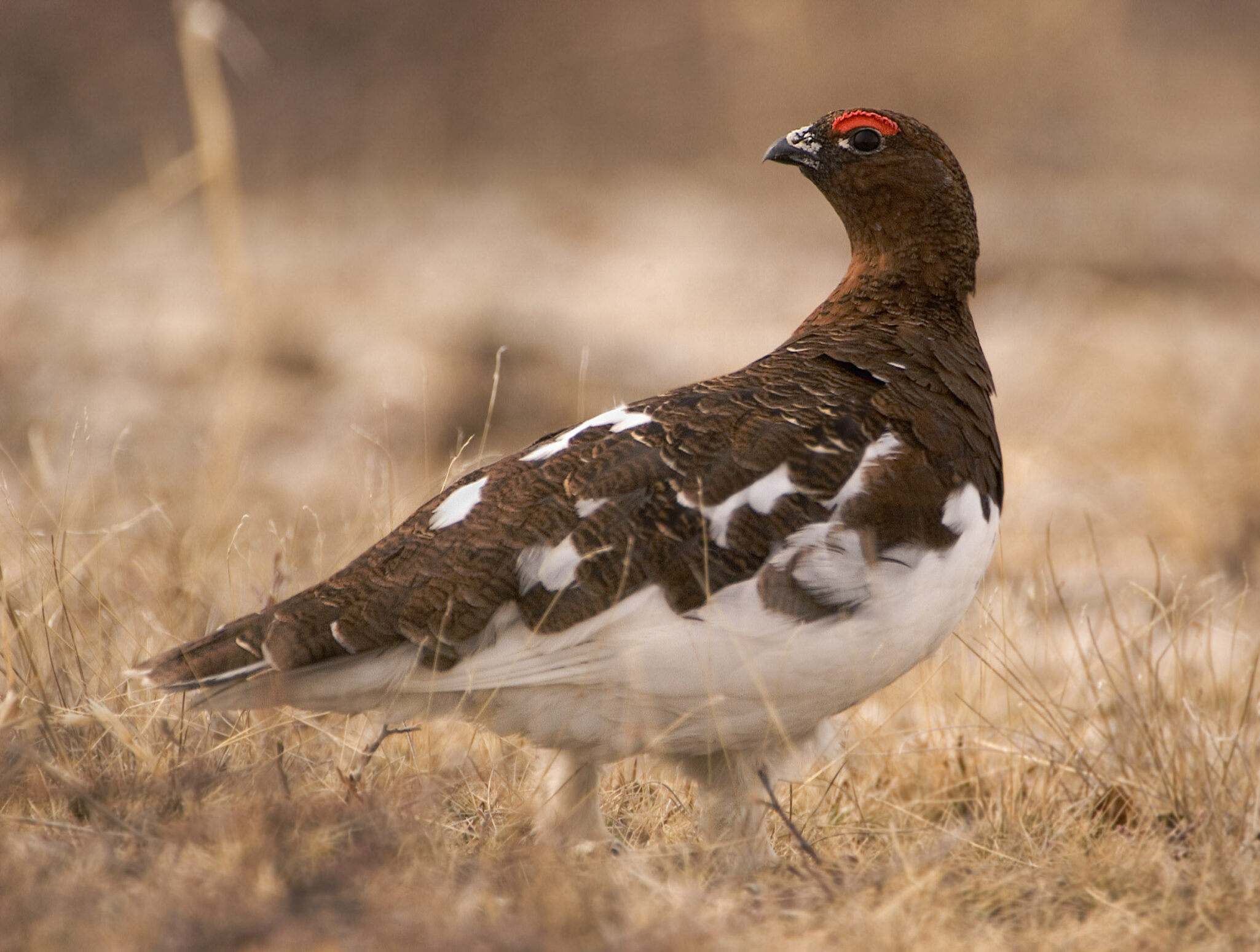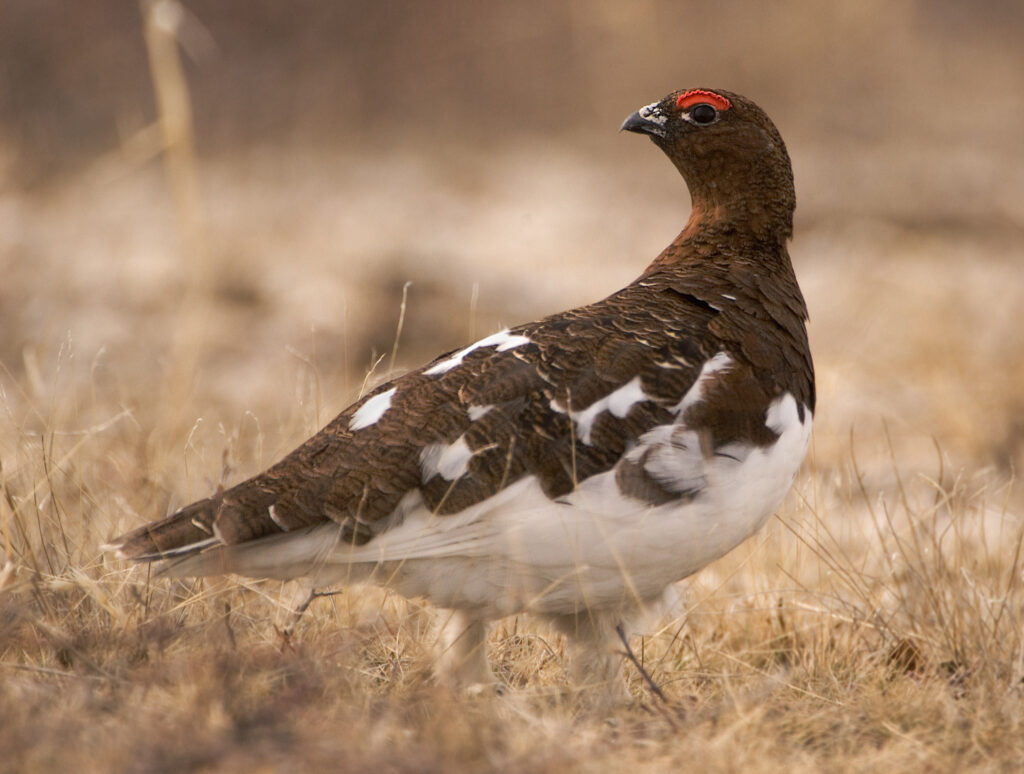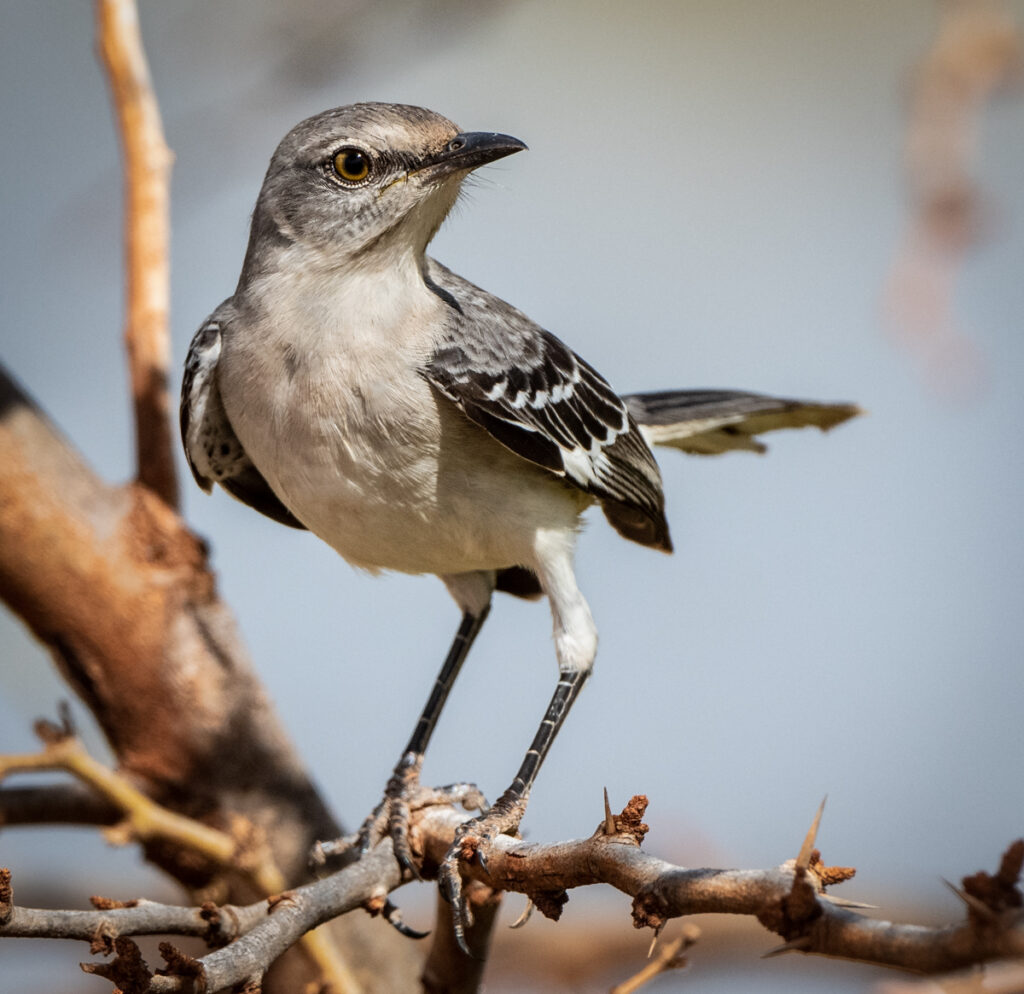
State birds are those birds chosen by the individual U.S. states as an official symbol to represent their unique ecology, natural landscape, and culture. The first state bird was designated by Kentucky in 1926 when the state adopted the northern cardinal, which incidentally also represents six other states. All 50 states have birds, and today’s blog starts off looking at those beginning with the letter A.
ALASKA

Alaska became the 49th state in 1960, but five years previously as the leaders of the Territory of Alaska were drawing up their constitution in preparation for statehood, schoolchildren had already chosen the Willow Ptarmigan as the appropriate symbol of the Great Land. This medium-sized bird is the largest member of the Arctic grouse family, alongside the rock and white-tailed ptarmigan. Known for its distinctive plumage that changes according to the season, in the winter the ptarmigan’s feathers are white, while in the summer, they turn brown, allowing them to blend in with the snows and the shrubs and grasses depending on the season. Their heavily feathered feet also add to their distinction, which aid them in walking across the frozen tundra of this northerly state. Male Willow Ptarmigans are unique among the other grouse in that they will look after the hatchlings and fend off predators, and in the breeding season they emit a series of soft, low-pitched hoots as their mating call.
ARIZONA

Arizona was the last state to choose its emblem in 1973, opting for the Cactus Wren, a common sight and shared by no other state. Known for its unique appearance and behavior, the cactus wren is a medium-sized bird, brownish-gray in color with black and white stripes on its back. Its most distinctive feature is the slightly curved bill, which it uses to extract insects and spiders from cacti. These sociable birds lives in family groups and their elaborate nests are built by the males from twigs, grasses, and cactus fibers, which are often built in the arms of cacti and can be up to two feet long. The males are very busy during breeding season, as he will often build a second or third nest at the same time as caring for the hatchlings in the first nest while the female is developing the next clutch of eggs.
ARKANSAS

The Northern Mockingbird is an immensely popular bird in the South and is actually the bird for five states in total, adopted by the state of Arkansas in 1929 by Governor Harvey Parnell. At the time, declaring birds as state symbols was still widely ridiculed, but in this case, the importance of this bird to the southern state’s farmers because of their fondness of insects and weed seeds won out. This medium-sized and upright grayish-brown bird has distinctive white patches on its long wings, but what really sets this wonder of the avian world apart is also the source if its name – the mockingbird is famed for its ability to mimic other bird songs and animal sounds like dog barks, as well as human activity like car alarms, pianos, and even our speech. The fact that they are resident birds year-round and their preference for sitting in open spaces, shrubs, and trees means that many people get the opportunity to hear this master songsmith at work.


